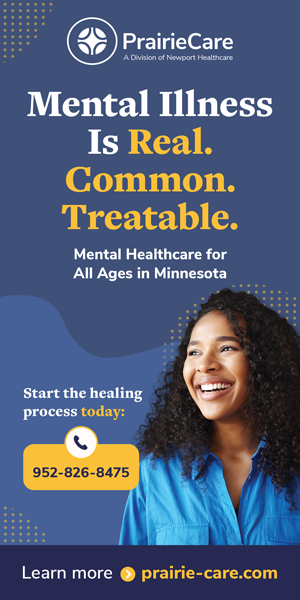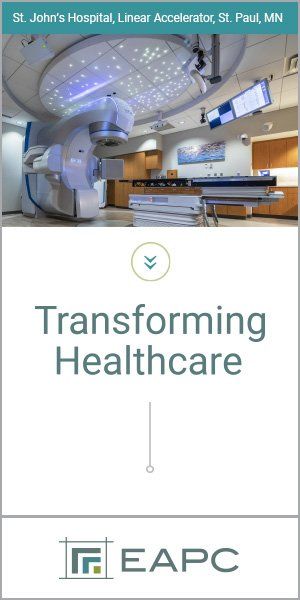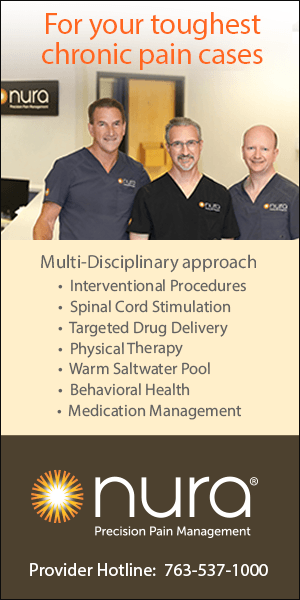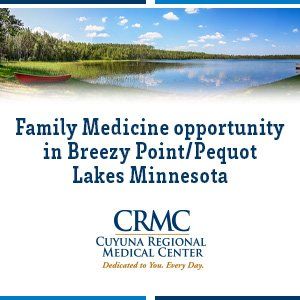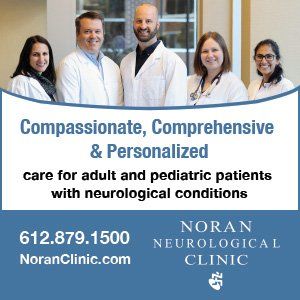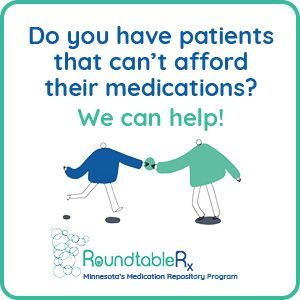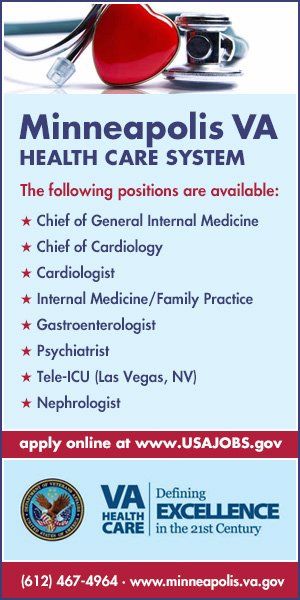s early as the 1960s, when a computer able to accomplish only fairly minimal tasks took up an entire room, early users figured they would develop applications for medical practice. The Mayo clinic started working on the concept of the electronic health record (EHR). As time went on, computers became smaller and could do more. Surely we could figure out how use them to store patient records, streamline billing and save time and money. By the 1990s the internet had left the realm of academia and the military to present even more potential benefit to health care. By 2009 EHR was a federally mandated part of health care delivery. Unfortunately, what had been envisioned as a way to save time and money grew into an industry generating much more annual revenue than the National Football League. Small independent practices could not afford to keep pace with the ever-changing and increasingly expensive mandatory technology updates. This helped drive rampant medical practice consolidation and create a new concept – physician burnout. Intense competition between EHR vendors led to the creation of systems that did not communicate with each other and hundreds of options were available. In the end, what was envisioned to save time and money ended up driving costs up exponentially and forcing physicians to work all day and then go home to complete their recordkeeping. It is difficult to see how this improved patient care, or much else for that matter, besides the bottom lines for EHR company shareholders and executives.
Cover one
Artificial Intelligence in Medical Practice
Something is finally working
By Ryan McFarland, MD
Despite this bleak picture, the genie was out of the bottle and there was no turning back. Amazing advances were made in clinical science and, these continue to come at rates so fast that medical practices need to hire change-management professionals as part of their IT staff. In the meantime, among the technological advances, another innovation was emerging: Artificial Intelligence (AI). What could go wrong?
AI in health care is developing in many directions simultaneously.
AI in health care is developing in many directions simultaneously. It is being used as a diagnostic aid, to improve and operate medical devices, to develop new pharmaceutical products based on genetics, to enable patients to seek out medical advice directly, and more. Generative AI is emerging as a term for AI that can recognize, summarize, translate, predict and generate text and other content based on knowledge gained from large datasets. Generative AI tools in health care are covering a growing, diversified range in their use and acceptance, including assistance with administrative functions involving interface with EHR, such as generating office notes, responding to documentation requests and billing matters and generating patient messages. This article focuses primarily on work done in this area of health care AI.
Here at Hudson Physicians, we are ideally positioned to be in the vanguard of this new development. We are large enough, with multi-specialty practices, but small enough to retain agile decision-making processes. Also we can quickly and effectively share or collect information around how this new tool can best be developed and implemented. We participated in a program involving a dozen other health care groups around the country, and the results are now at the point of being able to be shared.
Addressing the Problems
As the capabilities of AI developed to the point of being able to offer meaningful benefit to medical practice, we looked at current problems. Thanks to documentation concerns physicians often needed to interrupt patient communication to navigate through drop-down menus or scroll through screens. No doctor wants to divert their attention to operate a keyboard during a patient visit, where making eye contact is an important part of providing care. Building relationships is essential to understanding my patients and how best treat to them; it’s difficult to do that sitting behind a computer screen.
Furthermore, while some of our providers used scribes, the majority did not. In terms of documentation completion we had a handful of docs who were routinely two to six weeks behind. Putting in “pajama time,” finishing documentation at home, is a widely acknowledged part of the recipe for physician burnout. As if this isn’t enough, there are significant concerns related to how this documentation relates to billing. Overlooking small data entry details can create lower or delayed reimbursement or potentially lead to making data such as imaging or lab results more difficult to access in future patient visits.
According to some research, physicians spend 44.9% of their time on EHR, with 20.7% on EHR input alone. Clinician burnout is at an all-time high, and one of the reasons for that is the burden of administrative work. The overburdened health care provider is also a risk to patient safety and is one of the causes of workforce shortage in the health care industry.
In the work we did to help adapt the potential of AI to solve these concerns, we found that the other practices had very similar experiences and challenges. In order to address them meaningfully, a major hurdle involved voice activation. How could a machine recognize every voice in the practice, accurately interpret idiosyncratic verbal shorthand, and then accurately transpose the data into the EHR? It is a big challenge.
Creating the Solution
What was needed was to combine generative AI, clinical intelligence, multimodal voice- and screen-driven assistance and simplified workflows into a single, unified solution that enables providers to give their full attention to the needs of their patients.
These data would need to integrate the EHR and combine clinical automation, conversation-based note generation and proposed clinical follow-ups directly at the point of care. AI would need to instantly access critical elements of a patient’s medical history, such as the latest blood test results, simply by asking. It would need to capture comprehensive notes with the preferred templates the provider uses currently in the patient’s EHR. Data generation would need to be fast (minutes not hours), and it would need to support next-step actions, such as drafting referrals and prescription orders for approval, and scheduling follow-up labs and appointments.
More than just eliminating clicks, AI can automate the entire documentation process and synchronize it back to the patient’s individual medical record without copying and pasting. This automation significantly reduces manual work. To ensure oversight and control, providers must still complete the interaction by reviewing, modifying and approving the notes and next-step actions, but again this is a minutes not hours process. Physicians maintain complete oversight and control and though AI synchronizes data, it does not copy and paste it, ensuring valuable data is not overwritten.
Another important element to consider is cybersecurity. If AI takes such an increased role in documentation, how can it be protected from outside attack? Recent events in health care have exploited system vulnerabilities around the world. Recognizing this, security protocols need to be simple and easy to use, deploy and operate. Cyberattacks are an imminent and existential threat to health care. Keeping patients safe from the debilitating impacts of cyber-terrorism is now part of health care delivery. In the study in which we participated to develop clinical applications, the company we worked with provides the same military-grade security that is used to protect the most sensitive data at some of the largest and most sophisticated businesses, national defense agencies and governments around the world.
Our surgeon is 60. After he started using it, he said he’d never work another day without it.
Initial Results
We began the beta testing work almost two years ago, and it has progressed to the point that the company we worked with, Oracle, has recently released a commercial product. It would not be unfair to call it a game changer. Of the 13 beta test participants, it saved on average more than four and a half minutes per patient and 20-40% in documentation time daily. One of the primary care physicians in the study called it the most important EHR technology update he was going to see in his career. It works just as well for specialists as for primary care. Our surgeon is 60. After he started using it, he said he’d never work another day without it. We have a physician who had recently retired but worked part time in our urgent care, and we got him to use it. He said, “Hmm, that’s the best note that I’ve written in my entire career!”
The documentation is better from a billing standpoint. The order entry, the AI search capabilities and the time savings from a chart review standpoint are huge. As excited as I’ve been for what this has done, I might be even more excited about what’s next. From an efficiency and timesaving standpoint, and even more so from a patient care standpoint, we are seeing improvements. It has immediately reduced a lot of physician burnout and will, it is hoped, bring the joy back to the practice of medicine and health care.
Looking Ahead
Of all the many things I have seen first-hand in my career that claimed they would save time and money, and related benefits, this is the first thing that really works. Although it is promising, it is in the early stages. Now is when it is most important to learn from mistakes made in other areas of significant advancement in health care delivery. Many advances have promised to make health care delivery more efficient and expand capacity, but they didn’t really turn out that way. For example, everyone could agree the concept of EHR was very positive. The AMA has noted that a fundamental mistake in EHR development was a lack of physician-directed presence during the design-development-deployment cycle. Perhaps a physician worked with businesses, racing to bring a product to market, but the emphasis was more on sales and profits than on the development of a meaningful solution. More time went into building proprietary systems that could not communicate with other systems and required ongoing purchase of enhanced technology rather than into actually improving patient care. This created huge problems and is why we are working directly with other practices nationwide to assure it does not happen again.
Managed care was another example of something seemingly well intended that turned into a long and enduring cascade of disaster. A relatively small number of individuals have seen excessive financial benefit from what essentially put middlemen with no medical training between physicians and patients and created such questionable things, among many others, as prior authorizations and pharmacy benefit management. When the Health Maintenance Act of 1973 began to reshape health care, the concept of cost transparency was not a driving force. It was clear some kind of regulations and governance would be required, but physicians did not guide the industry as it evolved. This must not happen as AI in health care evolves.
Regulation
Creating regulation around something as innovative and unprecedented as AI presents many challenges. There are already regulations and guidelines from several sources. The industry is so new and moving forward so quickly, however, that these are basically works in progress, and like everything else in legislative regulations, are de facto battlegrounds for partisan politics. In the Biden era, the U.S. Department of Health and Human Services Office of Civil Rights issued a rule concerning a nondiscrimination section of the Affordable Care Act that could impose penalties on physicians if they rely on algorithm-enabled tools that result in discriminatory harms. The Federation of State Medical Boards issued a set of principles declaring physicians to be liable for harm caused by algorithm-enabled tools, though they do not have power to create law. The AMA believes that such accountability should rest with those in the best position to know the potential risks of the AI system and to mitigate potential harm, such as developers or those mandating physician use of the AI tool. They hold that physicians should not be held liable when information about the quality or safety of the AI system is unknown or withheld.
The Biden administration issued several policies around AI in health care. On July 23, 2025, however, the Trump administration issued Winning the Race: America’s AI Action Plan. This plan includes 90 policy recommendations that will shape future AI guidance and policies affecting a range of entities and industry sectors, including health care and entities involved in clinical research.
Beyond useful guidance such as that the U.S. must achieve global dominance in AI, it builds on Trump’s executive order on Unleashing Prosperity through Deregulation. This includes work with federal agencies to identify, revise or repeal regulations and guidance that it deems may unnecessarily hinder AI development or deployment. It recommends AI-related discretionary funding but to “limit funding if the state’s AI regulatory regimes may hinder the effectiveness of that funding,” essentially reducing federal support for states that have AI regulations that contravene the Trump administration’s position. On the same day that the White House issued the plan, Trump signed another executive order titled Preventing Woke AI in the Federal Government to prevent AI models that incorporate “ideological biases or social agendas,” including DEI.
Underscoring the difficulty of creating meaningful AI regulations is the lack of guidance or definitions of the terminology used in the executive orders. This will make health care-related AI use and compliance difficult. At a time when guidelines and regulations are being developed that will further reshape health care delivery it is important for physicians to be involved with that process.
Ryan McFarland, MD, is a family medicine physician who practices obstetrics at Hudson Physicians. He is part of a nationwide team of physicians who have worked extensively with Oracle to help develop their AI health care solutions.
MORE STORIES IN THIS ISSUE
cover story one
Artificial Intelligence in Medical Practice: Something is finally working
By Ryan McFarland, MD
cover story two
Cancer Care in 2025: Where we came from, where we are going























